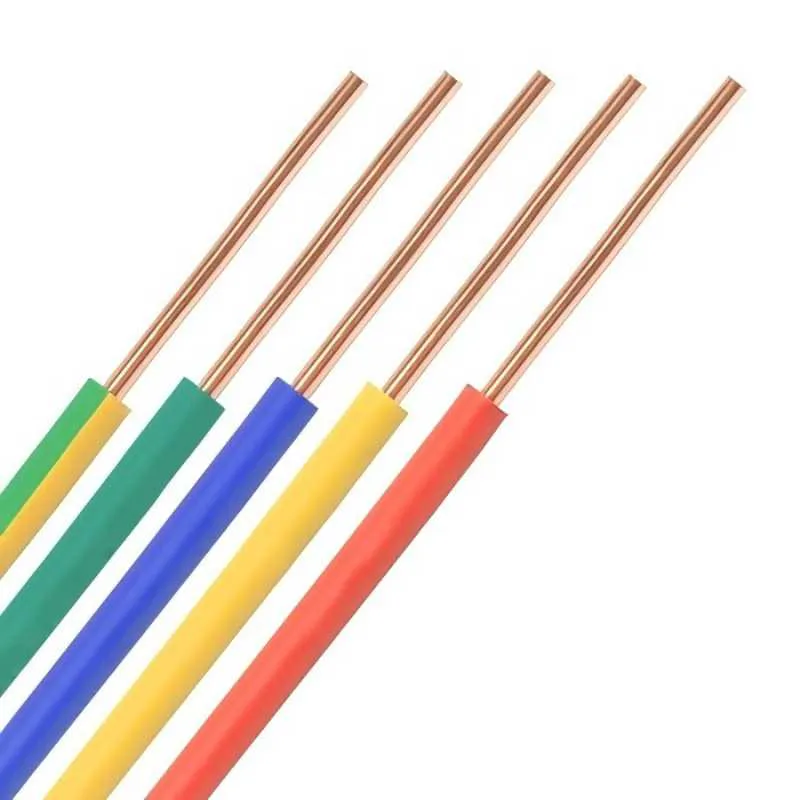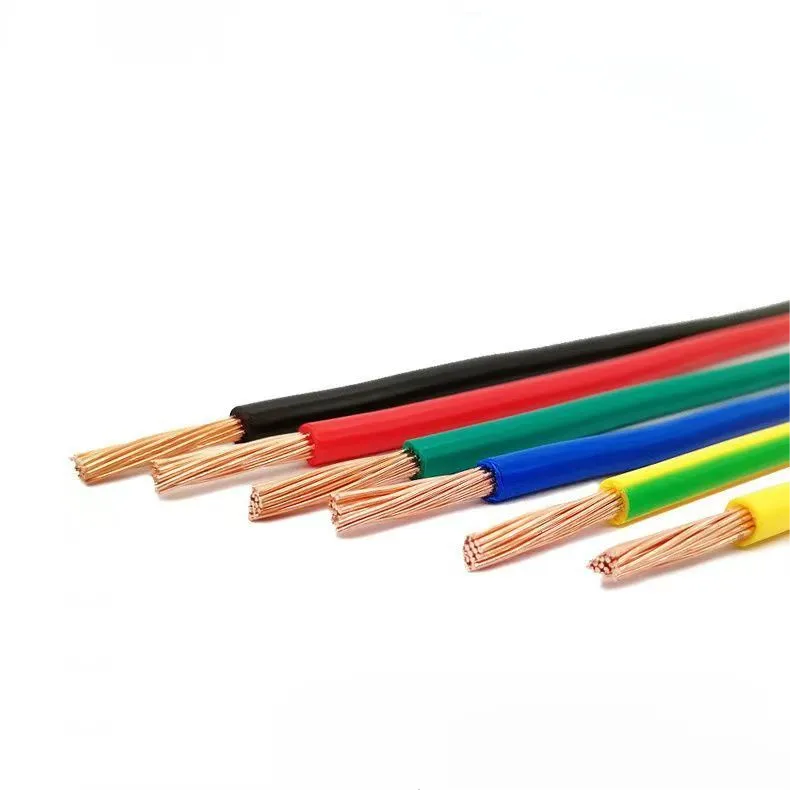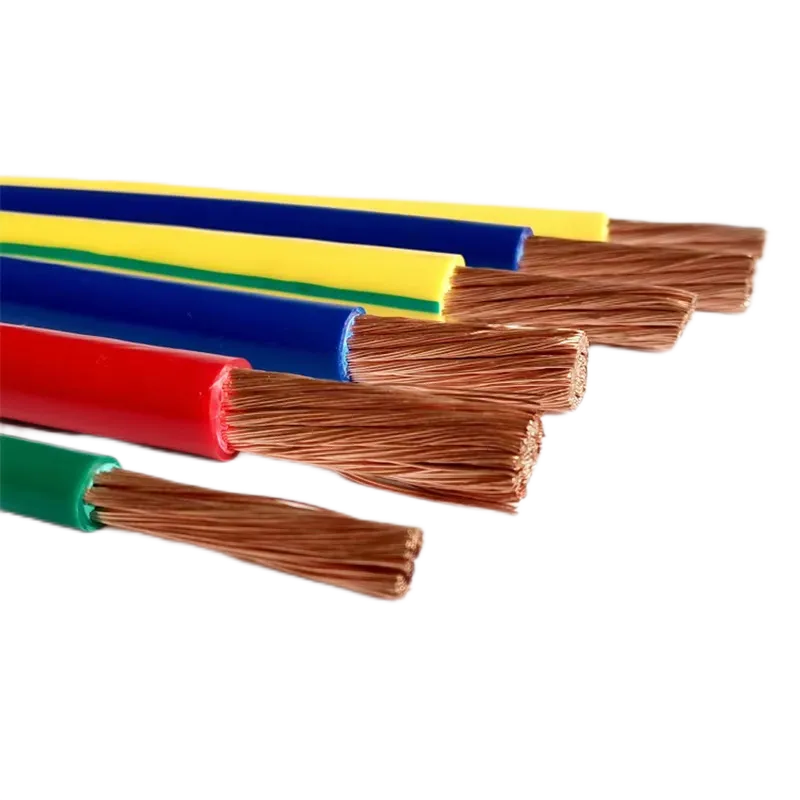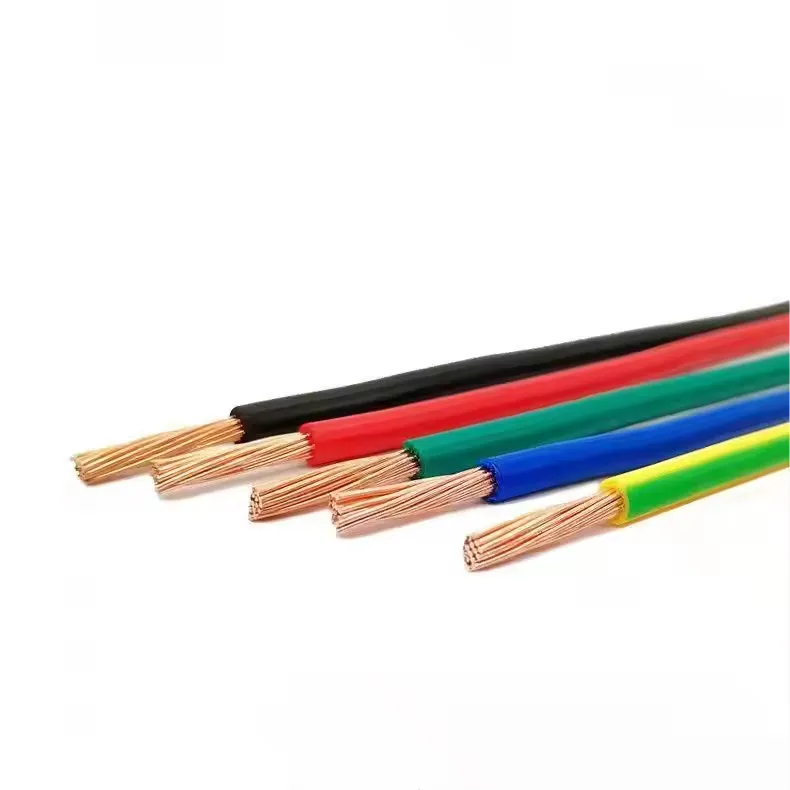Time: 2025-03-06 15:33:23 Source: Henan Province Jianyun Cable Co., Ltd.
Electrical wiring is essential for safely distributing power in residential, commercial, and industrial settings. Whether you’re planning to wire a new home or troubleshoot an existing installation, knowing the types of wiring, cable choices, color codes, and appropriate cable sizes is vital.

In residential and light commercial applications, wiring methods generally fall into three categories:
Non-Metallic Sheathed Cable (NM Cable):
– Commonly known as “Romex” (a popular brand name in the U.S.).
– Contains insulated conductors (usually two or three) and a bare ground wire, all enclosed in a plastic sheath.
– Widely used in house wiring due to its ease of installation and cost‑effectiveness.
Armored Cable (AC or MC Cable):
– Features a metal sheath (or interlocking metal armor) that provides mechanical protection.
– Often used in areas where extra protection is required (e.g., garages, commercial buildings, or outdoor areas).
Conduit Wiring:
– Uses individual insulated wires (often THHN or THWN) run through metal or PVC conduits.
– Preferred in applications that require extra mechanical protection, moisture resistance, or a neat, accessible installation (such as in commercial buildings or in industrial environments).

For most U.S. residential applications, NM cable (Romex) is the cable of choice. It is designed for dry, indoor use and is available in various configurations (e.g., 14/2, 12/2, 12/3) where the first number indicates the gauge of the conductors and the second indicates the number of insulated wires (excluding the grounding conductor).
In other regions (such as the UK), similar functions are served by twin and earth (T&E) cables or armoured cables for extra protection in certain areas.

Color coding varies by region. Here are the two most common conventions:
In the United States (per NEC):
– Live (L): Black (and sometimes red for a second live conductor)
– Neutral (N): White
– Ground: Bare or green
In the United Kingdom and many IEC countries:
– Live (L): Brown
– Neutral (N): Blue
– Earth: Green/Yellow striped
Always verify the local electrical code before beginning any wiring project.
Reference: Wikipedia – Electrical wiring and manufacturer datasheets.
The appropriate cable size (or gauge) depends on the circuit’s current (ampacity) and length. Here’s a basic guideline for typical residential circuits in the U.S.:
| Circuit Type | Recommended Wire Gauge | Maximum Circuit Ampacity |
|---|---|---|
| Lighting Circuits | 14 AWG | 15 Amps |
| General Outlets | 12 AWG | 20 Amps |
| Kitchen/High-Power | 10 AWG | 30 Amps |
| Heavy Appliances | 8 AWG or thicker | 40 Amps or higher |
For longer cable runs, voltage drop may require upsizing the conductor. In commercial or industrial settings, precise calculations are needed using factors such as ambient temperature, conductor insulation, and installation method.
Reference: National Electrical Code (NEC) tables and electrical engineering textbooks.
Q1: What is the difference between NM cable and conduit wiring?
Answer: NM cable is a complete assembly with a protective sheath, making it quick and easy to install indoors. Conduit wiring uses individual wires routed through a protective tube, offering more flexibility for complex or hazardous environments.
Q2: Can I use NM cable outdoors?
Answer: NM cable is not rated for outdoor use or damp locations. For outdoor wiring, use cables rated for wet or direct burial applications (such as UF cable or cables installed in conduit).
Q3: How do I calculate voltage drop for long cable runs?
Answer: Voltage drop calculations require knowledge of the conductor size, length, load current, and material. Online calculators and NEC guidelines can help determine if upsizing the cable is necessary.
Q4: What are T&E cables?
Answer: In the UK, twin and earth (T&E) cables consist of two insulated conductors plus an earth wire, commonly used for residential wiring in walls and ceiling cavities.
| Wiring Method | Cable Type | Common Uses | Pros | Cons |
|---|---|---|---|---|
| Non-Metallic Sheathed (NM) | NM (Romex) Cable | House wiring (dry, indoor) | Easy installation, cost‑effective | Not suitable for wet or outdoor environments |
| Armored Cable (AC/MC) | Armored Cable | Areas needing extra protection | Provides mechanical protection | More expensive, less flexible |
| Conduit Wiring | THHN/THWN wires in Conduit | Commercial, industrial, outdoor use | Extra protection, accessible wiring | Requires conduit installation, more labor‑intensive |

Understanding the three main types of wiring—non-metallic sheathed (NM) cable, armored cable, and conduit wiring—is key to selecting the right method for your project. For house wiring, NM cable (Romex) is most common in North America, while T&E cable is popular in the UK. Standard color codes designate black (or brown) for Live and white (or blue) for Neutral, though always check local codes. Cable sizing depends on the circuit’s current requirements, with typical residential applications ranging from 14 AWG for 15-amp circuits to 10 AWG or thicker for high-power applications.
For more detailed guidelines, visit: